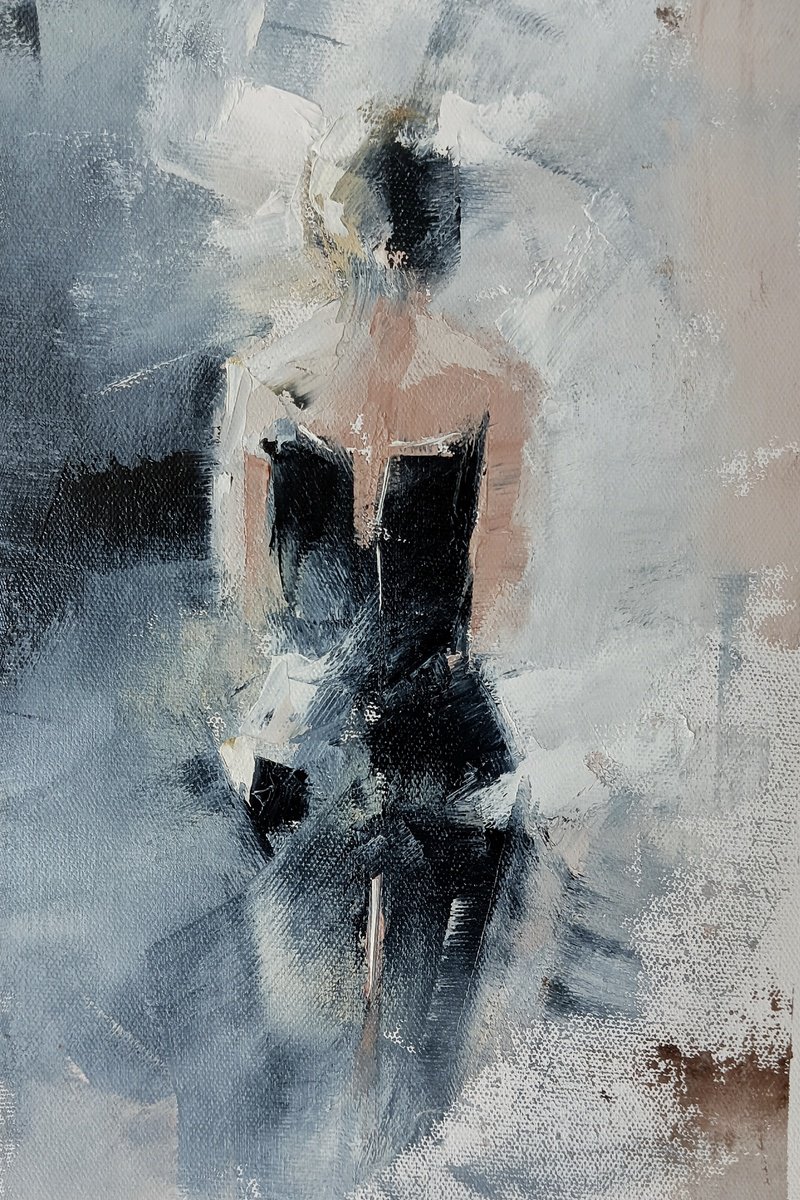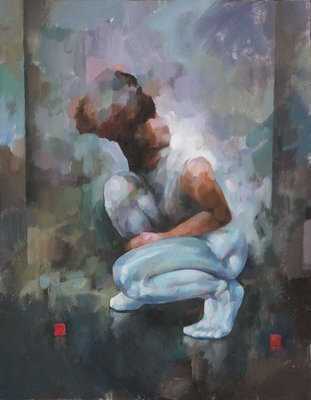Introducing the Tricks Behind Expressive Figurative Oil Painting Styles
Introducing the Tricks Behind Expressive Figurative Oil Painting Styles
Blog Article
A Journey With the World of Figurative Oil Painting: Uncovering the Special Features and Emotional Deepness of the Medium

History of Figurative Oil Painting
Emerging during the late Middle Ages and prospering throughout the Renaissance, metaphorical oil paint has a rich background that shows both creative advancement and cultural development. Oil paints were used in Europe as a way to improve the luminosity and depth of shade in artworks. Artists such as Jan van Eyck pioneered the tool, demonstrating its possible to record complex information and textures, thus permitting a much more lifelike representation of the human form.
As the Renaissance advanced, prominent numbers like Leonardo da Vinci and Michelangelo expanded the borders of metaphorical oil painting. They stressed physiological precision and perspective, creating jobs that conveyed emotion and narrative depth. The tool's convenience enabled trial and error with light and shadow, resulting in the growth of chiaroscuro techniques that further improved the visual experience.
Unique Features of the Tool
The development of figurative oil painting has been significantly affected by the one-of-a-kind qualities of the tool itself. Oil paint, composed of pigments suspended in oil, supplies musicians an exceptional convenience that enables for a variety of structures and finishes. Its slow drying out time allows meticulous blending and layering, which can create deepness and brightness unattainable in other tools.
In addition, oil paint's rich coloring provides dynamic colors that maintain their intensity over time. This particular is essential in figurative painting, where catching the subtleties of complexion and psychological expressions is extremely important. The ability to attain refined slopes and soft transitions improves the realistic quality of topics, enabling artists to share intricate psychological states.
Furthermore, oil paint sticks well to various surfaces, such as wood, canvas, and metal, broadening the range of imaginative expression. The medium's flexibility sustains different strategies, from in-depth realism to expressive brushwork, allowing musicians to discover their individual designs.
Ultimately, the one-of-a-kind properties of oil paint not just enrich the aesthetic experience but also encourage artists to connect profound narratives, making figurative oil paint a deeply expressive art form.
Designs and methods Used
Within the world of figurative oil paint, artists employ a diverse variety of techniques and styles that contribute to the deepness and splendor of their work. One popular technique is polishing, where clear layers of paint are applied over dried out layers, allowing light to mirror and permeate, improving luminosity and depth. This approach is typically made use of to attain a sense of realistic look and intricacy in complexion.
One more method is impasto, where thick layers of paint are applied with a combination blade or brush, producing a textured surface area that adds a three-dimensional high quality to the paint. This style can evoke a visceral feedback, attracting the customer in via its tactile nature.
Musicians also discover various brushwork designs, from penalty, detailed my link strokes that catch complex features to more comprehensive, much more expressive strokes that share motion and feeling (figurative oil painting). The selection of color scheme significantly influences the overall mood of a piece, with cozy tones often passing on feelings of comfort and awesome tones recommending sorrowful
Furthermore, the assimilation of chiaroscuro, the contrast between light and darkness, allows artists to create significant effects that boost the narrative high quality of their job. Each method and style is carefully chosen to raise the customer's experience and understanding.
Psychological Deepness in Metaphorical Art
Emotional deepness works as a cornerstone in metaphorical art, enabling artists to transcend plain representation and involve go to this website visitors on a profound degree. This psychological vibration is frequently attained via the nuanced representation of human figures, expressions, and communications. Artists harness the power of color, darkness, and light to evoke feelings that reverberate deeply with the target market, developing a visceral connection to the subject.
In figurative oil paint, the detailed layering of paint can show the complexities of human feeling. The choice of combination, whether warm or cool, plays an essential role in establishing the mood and atmosphere of a piece. For circumstances, softer hues may evoke peace and self-contemplation, while bold, contrasting colors can connect tension and dramatization.

Influential Artists and Their Works
Numerous significant musicians have dramatically formed the landscape of metaphorical oil paint, each adding distinct perspectives and techniques that remain to influence modern creators. Amongst these artists, Lucian Freud attracts attention for his intense mental deepness and raw portrayal of the human type, often obscuring the lines in between charm and decay. Freud's works, defined by thick, impasto brushstrokes, invite viewers to challenge the intricacies of identification and vulnerability.

In A Similar Way, Andrew Wyeth's precise realism in pieces browse around these guys like "Christina's World" captures profound stories within apparently easy make-ups. His usage of light and shadow evokes a feeling of fond memories and emotional vibration, drawing customers into the intimate worlds he depicts.
In the realm of modern-day art, Kehinde Wiley has actually acquired recognition for his lively, larger-than-life pictures that challenge typical concepts of representation. By placing people of shade in contexts similar to timeless portraiture, Wiley's work redefines the canon of art history.
These artists, alongside others, have not only enriched metaphorical oil paint however have actually additionally increased the dialogue bordering feeling, society, and identification, guaranteeing that the tool remains an important kind of expression in the art world. figurative oil painting.
Final Thought
In conclusion, figurative oil painting remains an effective tool that encapsulates the intricacies of human emotion with its abundant pigmentation and versatile techniques. The historic evolution of this art form, combined with its distinct features, permits profound creative expression. Techniques such as glazing and impasto boost the psychological vibration of each item, while the payments of prominent musicians remain to influence and form the discussion surrounding this timeless genre. The journey with metaphorical oil painting reveals its lasting significance in the art world.
The exploration of figurative oil paint supplies an extensive insight right into the interplay of technique, feeling, and historical context that specifies this age-old medium. Oil paint, composed of pigments suspended in oil, offers artists an exceptional flexibility that allows for a broad array of textures and finishes.Within the realm of figurative oil painting, musicians employ a diverse array of techniques and designs that contribute to the deepness and splendor of their job.Numerous prominent artists have actually significantly formed the landscape of figurative oil painting, each adding unique viewpoints and strategies that continue to influence modern developers.In final thought, metaphorical oil painting stays an effective medium that envelops the complexities of human emotion through its rich coloring and versatile techniques.
Report this page